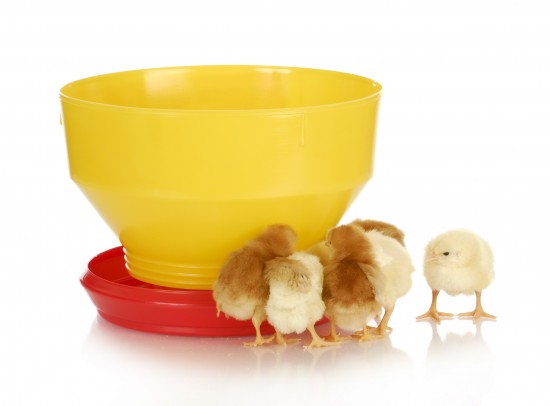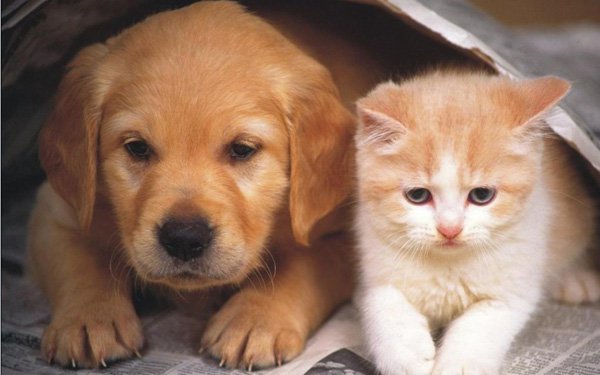
Before you purchase even a grain of feed, you should consult with the local resources available, which include county extensions, veterinarians, other ranchers, neighbors and others who can give you a general overview of the work and investment in time and money involved as well as the business of selling and raising cattle.
Cattle handling intended for meat (beef and veal), as dairy animals intended for milk and other dairy products, and as draft animals (pulling carts, plows and the like). Other products include leather and dung for compost or fuel. In many cultures, cattle possess spiritual, economic or political significance far ahead of the monetary worth of the animals themselves. As a response to these many uses and habitats of cattle, a broad array of breeds has been developed.
Spanish explorers initially brought cattle to the Americas inauguration in the initial 1500s. These cattle were hardy and rugged, and the adapted readily to the original environments. They present up a breed family unit called criollo cattle; the term criollo means "of European origin but born in the New World." North American criollo breeds include the Corriente, Florida Cracker, Pineywoods, and Texas Longhorn.
Cattle from England and Northern Europe were imported to North America commencement in the early 1600s. The imported European breeds served a variety of subsistence niches in America representing over 200 years. A more intentional introduction of cattle breeds began around 1800. Several improved cattle breeds were imported from Scotland, England, France, and the Netherlands. The Shorthorn (also known as the Durham) was by far the largely valuable. People considered necessary versatile cattle, and the Shorthorn combined excellent dairy and beef qualities as well as the size and strength essential for consumption as oxen. It soon became the most widespread breed in America.
By 1900 the marketplace had shifted to act of kindness the use of specialized beef and dairy breeds. The Hereford and Angus came to dominate the beef industry, while the Ayrshire, Jersey, and Guernsey were the most numerous of the diary breeds. Imports since 1900 have additional increased the diversity of cattle breeds in the United States. The generous number of beef cattle breeds - and the genetic diversity they represent - has been a cornerstone of achievement on behalf of the beef industry, allowing producers to respond to changing market demands. Yet diversity has been conserved not deliberately for the reason that of the broad range of habitats in which beef cattle are raised, the ease of access of markets, and decentralized approaches to selection. It is because of this informal conservation process that farmers and breeders have access to the diversity they required for latest production and market niches.
The dairy industry presents a incisive contrast, as it rests almost entirely on the use of a single breed, the Holstein. The Holstein is recognized for is adaptation to confinement dairying, and the cows harvest more milk under such conditions than do those of several other breed. As a conclusion, it has prospered at the expense of all other breeds in the past fifty years. The success of the Holstein, however, rests on the availability of superior levels of inputs, together with substantial amounts of grain and veterinary support.
The reappearance of reduce cost, grass-based dairying as a production niche is causing dairy farmers to reorganize the industry's confidence on the Holstein. Grass-based production requires cows that are vigorous grazers, able to keep up body condition, deliver milk, and duplicate efficiently on a forage diet. Farmers looking for these qualities have turned to the Ayrshire, Brown Swiss, Jersey, and other "colored" dairy breeds.
The pressures of economic consolidation and vertical integration, substantial in the swine and poultry industries, have had less obvious impact on cattle. Nonetheless, there is increasing consolidation among the companies that purchase milk and beef from farmers. This process is progressively having two harmful effects: The overall lowering of prices paid and the further discounting of animals which do not conform to a standard industrial type. The cattle industry, built upon a foundation of genetic diversity, cannot afford to let short term market pressures eliminate rare breeds and thus the diversity essential to its coming success.
Learning from books on raising cattle can improve quality of life and provide great satisfaction and responsibility for families. Explore your options and then decide. If you would like more tips on how to raise cattle and cattle behavior, please visit: www.howtoraisecattle.com
 Heart Murmurs In Dogs Explained
Heart Murmurs In
Heart Murmurs In Dogs Explained
Heart Murmurs In
 Choosing The Right Feeders & Drinkers For Your Hens
Choosing The Righ
Choosing The Right Feeders & Drinkers For Your Hens
Choosing The Righ
 Ten Great Reasons For Adopting An Older Dog
Ten Great Reasons
Ten Great Reasons For Adopting An Older Dog
Ten Great Reasons
 Outdoor Hazards That Can Be A Threat To Your Puppy
Outdoor Hazards T
Outdoor Hazards That Can Be A Threat To Your Puppy
Outdoor Hazards T
 Reasons Why You Should Choose A Large Breed Dog Bed
Reasons Why You Should Choose A Large Breed Dog Bed
Reasons Why You Should Choose A Large Breed Dog Bed
Reasons Why You Should Choose A Large Breed Dog Bed
Copyright © 2005-2016 Pet Information All Rights Reserved
Contact us: www162date@outlook.com